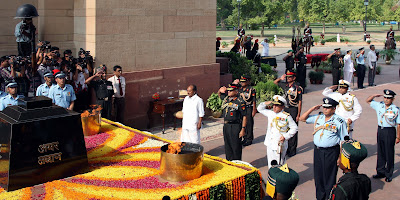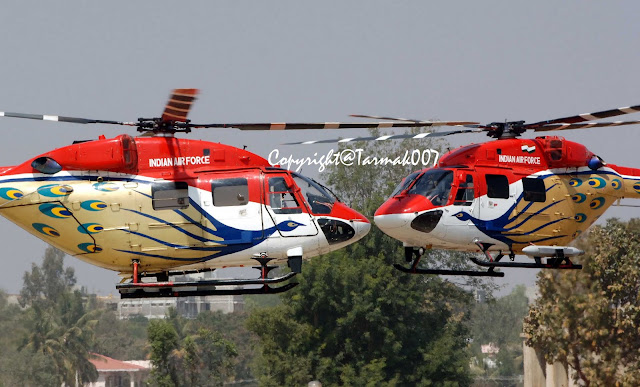




Air Chief Marshal NAK Browne, took over as the 23rd Chief of the Air Staff (CAS), from Air Chief Marshal PV Naik, who retires after 42 years of illustrious service, at Air Headquarters, Vayu Bhawan, today.
In his address to the Air Force, Air Chief Marshal Browne said, “The IAF is well poised on the path of transforming itself into a potent strategic force”. Outlining his vision statement for the IAF of – ‘People first Mission Always’, he said, “While induction of the state of the art equipment and systems would lead to a major upgradation of our combat potential, our biggest strength, ‘Our People’ must receive our highest attention.” “In whatever capacity you serve in the Indian Air Force, you remain our most valuable asset”, he added.
“I firmly believe that each one of us has a duty to care and look after the people placed under our charge. It is a sacred calling, for all leaders, men and women, irrespective of the rank and position. Our endeavour should be, to empower our subordinates, by giving them required operating skills, through dedicated training and mentoring”.
“While change is the hallmark of growth and progress, the biggest challenge facing us in the coming years, is to manage this fast paced change effectively, without compromising on high operational standards. Operating across a broad spectrum of equipment vintage, would test our innovativeness and capabilities. The nation has reposed a high degree of trust and confidence in our capabilities. It is indeed an onerous asking, and I am confident that as capable men and women we will work shoulder to shoulder in discharging our responsibilities befittingly”.
Born in Allahabad on 15 December 1951, Air Chief Marshal Browne was commissioned into the Fighter stream of Indian Air Force on 24 June 1972. He has had a varied operational experience of flying Hunters, all variants of MiG-21s, Jaguars and SU-30s.
He was a member of the initial core team which trained on the Jaguar aircraft in the United Kingdom and went on to command a premier Jaguar strike squadron subsequently. He is a Fighter Combat Leader and a graduate of the Air Command and Staff College, Alabama, USA. He has had instructional tenures at the premiere flying establishment – Tactics and Air Combat Development Establishment (TACDE) – and the tri-services Defence Services Staff College (DSSC), Wellington.
In a career spanning 39 years, he has held various operational and staff appointments that include – Joint Director at Air War Strategy Cell at Air Headquarters, Chief Operations Officer and Air Officer Commanding of a SU-30 base, Air-I at New Delhi based Western Air Command (WAC) and Assistant Chief of the Air Staff (Intelligence) at Air Headquarters. He was also responsible for establishing the Indian Defence Wing in Tel Aviv, Israel in Apr 1997, where he served as the Defence Attache till Jul 2000. From March 2007 to 31 May 2009 he functioned as the Deputy Chief of the Air Staff (DCAS) at Air Headquarters and was responsible for IAF’s major Modernization Programmes.
Before taking over as the Vice Chief of the Air Staff (VCAS) at Air Headquarters on 01 January 2011, he was the AOC-in-C of Western Air Command, under whose command and personal supervision, the first ever landing of an AN-32 (fixed wing aircraft) took place at Nyoma, advance Landing Ground (ALG), located at an altitude of 13,300 feet on 18 September 2009.
Air Chief Marshal Browne is recipient of Param Vishist Seva Medal (PVSM), Ati Vishist Seva Medal (AVSM), Vayu Sena Medal (VM) and is appointed as one of the Honorary Aides De Camp to the President of India.
Married to Mrs Kiran Browne, they have a son, Omar, a Su-30 MKI pilot and a daughter Alisha, who is working with a multinational company. (Press Release)






























































